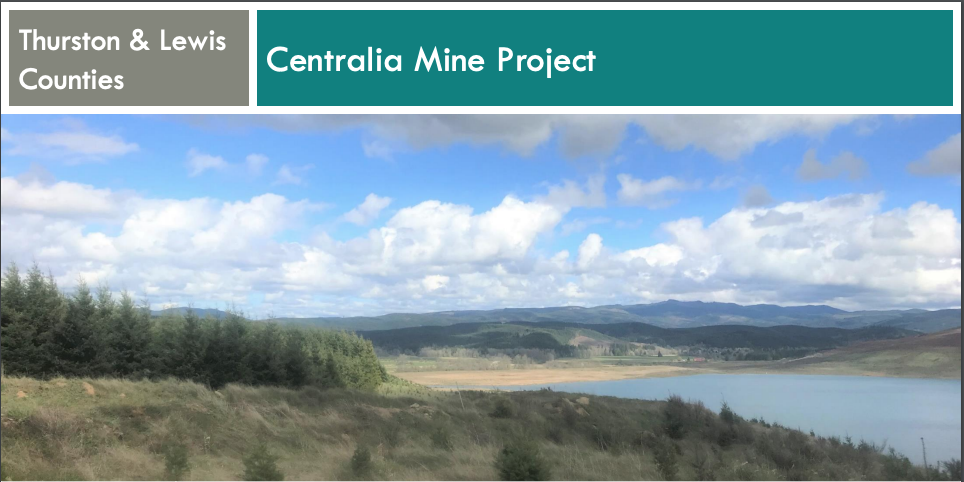
Feedback Sought On Potential WDFW Wildlife Area, Water Access Buys
THE FOLLOWING IS A PRESS RELEASE FROM THE WASHINGTON DEPARTMENT OF FISH AND WILDLIFE
The Washington Department of Fish and Wildlife (WDFW) is asking for public feedback on six land acquisition proposals that would help promote fish and wildlife conservation and public access to the great outdoors.

The department is interested in acquiring 9,600 acres of the Centralia Mine property owned by TransAlta in Thurston and Lewis counties to provide public access for recreation and benefit fish and wildlife conservation. For more details about this opportunity for a new wildlife area, visit WDFW’s blog.
Other land acquisition proposals include connecting two adjacent wildlife area units in Douglas County to provide shrubsteppe habitat connectivity and recreation opportunities, as well as ensuring public boating and fishing access to the Grande Ronde River in Asotin County.
Descriptions of proposed land acquisition projects are available on the department’s land acquisition webpage.
“We want to hear from people in this early stage of our land acquisition process,” said Cynthia Wilkerson, WDFW lands division manager. “Our mission is to protect land and water for people and wildlife in Washington, and this is one tool we use to determine which properties will best meet our conservation goals and recreational priorities.”
The department will accept written comments through Feb. 5, 2021. People who would like to submit comments can send them by email to lands@dfw.wa.gov or mail them to Real Estate Services, PO Box 43158, Olympia, WA 98504.
After reviewing public comments, WDFW will finalize a list of projects to seek funding sources. Since the department does not use operating budget funds for land acquisitions, the department relies on state and federal grants to purchase properties.
The department owns or manages more than one million acres statewide, with 33 wildlife areas and over 500 water access areas around the state. These public lands help sustain wildlife habitat and public recreation opportunities for current and future generations.
